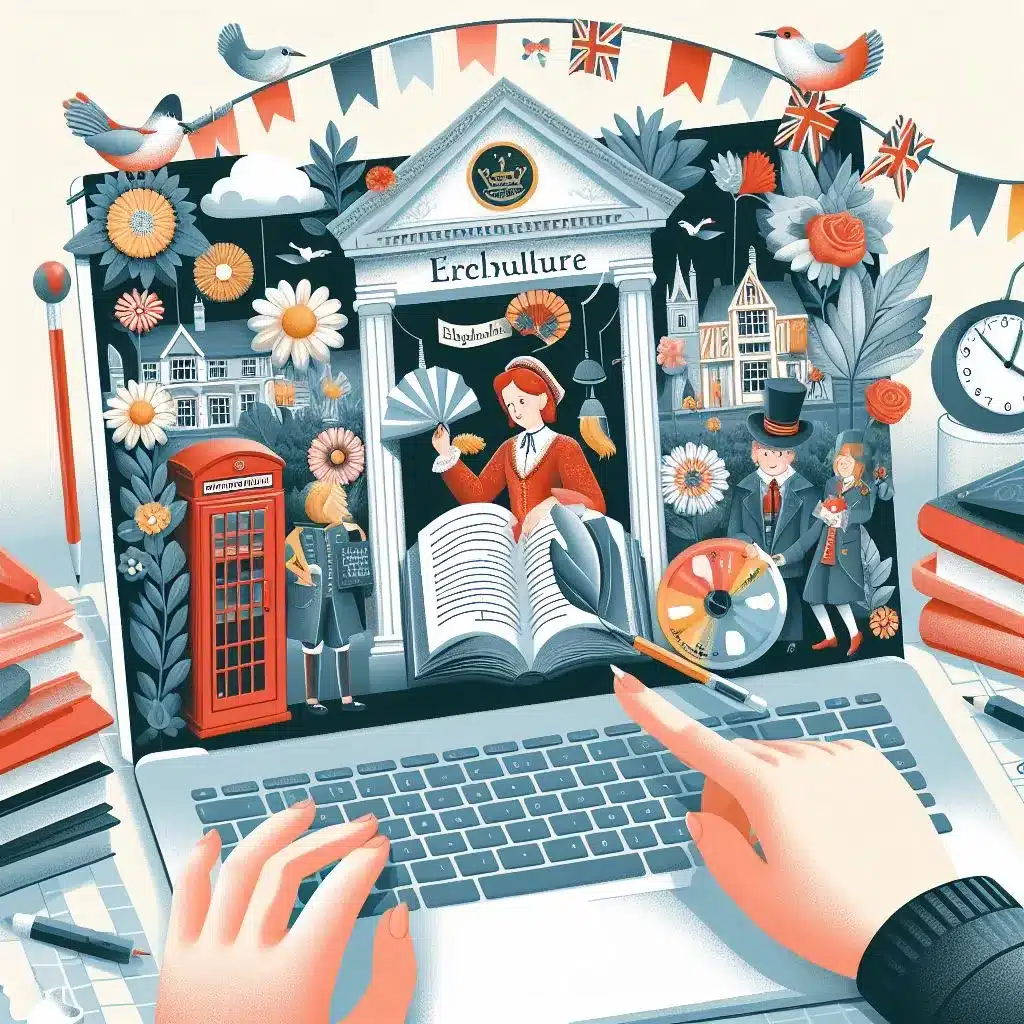English literature and culture
Section 1: Introduction
English literature and culture are intricately intertwined, shaping and reflecting the values, beliefs, and experiences of the people who have contributed to its rich tapestry over centuries. This multidimensional field encompasses a diverse range of literary works, from timeless classics to contemporary masterpieces, and encompasses the cultural, historical, and social contexts in which these works were produced. In this essay, we will explore the multifaceted nature of English literature and culture, delving into its historical development, influential movements, prominent figures, and its impact on society and the world at large.
Section 2: Historical Development of English Literature and Culture
The history of English literature and culture can be traced back to the early medieval period, with the epic poem “Beowulf” serving as one of the earliest surviving examples of English literature. Over the centuries, English literature has evolved through various literary periods, each characterized by distinct styles, themes, and cultural influences. The Renaissance period, for example, marked a resurgence of interest in classical learning and humanism, leading to the works of renowned figures such as William Shakespeare, whose plays continue to be celebrated for their enduring relevance and universal themes.
The Enlightenment era brought about a shift towards rationalism and empirical thought, reflected in the literary works of writers like John Milton and Alexander Pope. The Romantic period, on the other hand, emphasized individualism, emotion, and the beauty of nature, as exemplified in the poetry of William Wordsworth and Samuel Taylor Coleridge. Moving into the Victorian era, English literature grappled with the complexities of industrialization, social change, and the human condition, as seen in the novels of Charles Dickens and the poetry of Alfred, Lord Tennyson.

Section 3: Influential Movements in English Literature and Culture
Throughout its history, English literature and culture have been shaped by influential movements that have left a lasting impact on artistic expression and societal discourse. The emergence of the Beat Generation in the mid-20th century, for instance, challenged traditional literary conventions and explored themes of rebellion, spirituality, and nonconformity through the works of writers like Jack Kerouac and Allen Ginsberg.
The Harlem Renaissance of the 1920s and 1930s was a pivotal cultural movement that celebrated the achievements of African American artists and writers, fostering a vibrant literary and artistic community that contributed significantly to the cultural fabric of the United States. The movement gave rise to influential figures such as Langston Hughes, Zora Neale Hurston, and Claude McKay, whose works continue to resonate with readers today.
Section 4: Prominent Figures in English Literature and Culture
English literature and culture have been shaped by a multitude of prominent figures whose contributions have left an indelible mark on the literary landscape. From the unparalleled wit and insight of Jane Austen to the groundbreaking explorations of consciousness in the works of Virginia Woolf, women writers have played a vital role in shaping the trajectory of English literature and culture.
The enduring legacy of William Shakespeare, often regarded as the greatest playwright in the English language, continues to captivate audiences and scholars alike, with his profound insights into the human condition and the complexities of power, love, and ambition. The thought-provoking prose of George Orwell, the lyrical mastery of T.S. Eliot, and the visionary storytelling of J.R.R. Tolkien are further testaments to the diverse and profound impact of English literature and culture.
Section 5: Impact of English Literature and Culture on Society and the World
English literature and culture have exerted a profound influence on society and the world at large, shaping perceptions, sparking movements, and fostering empathy and understanding across diverse cultures and time periods. The works of Charles Dickens, for instance, shed light on the social injustices and inequalities of Victorian England, prompting discussions and reforms that aimed to address the plight of the marginalized and disenfranchised.
The global reach of English literature and culture has facilitated cross-cultural dialogue and exchange, enabling readers from different backgrounds to engage with universal themes and experiences. The enduring popularity of works such as “To Kill a Mockingbird” by Harper Lee and “1984” by George Orwell underscores the enduring relevance of English literature in addressing issues of justice, freedom, and the human experience.
In conclusion, English literature and culture constitute a rich and multifaceted tapestry of human expression, reflecting the complexities, triumphs, and challenges of the human experience across time and space. From its historical development to its influential movements, prominent figures, and impact on society and the world, English literature and culture continue to captivate and inspire readers, scholars, and enthusiasts, serving as a testament to the enduring power of storytelling and artistic expression.






